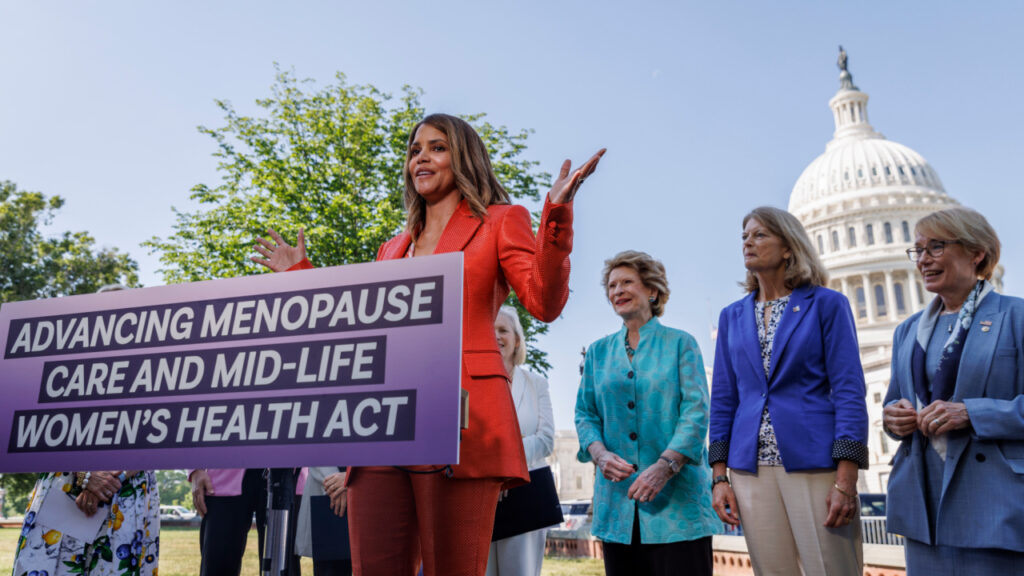How Often Should You Have a Mammogram? Here’s What We Know
Did you know Latinas in the U.S. have a higher incidence of breast cancer than their counterparts living in Latin America? This dangerous disease’s incidence in the overall group is 28% lower than in non-Latina white women, who have the highest incidence rate. However, it is still the leading cause of cancer deaths in our population.
Worse yet, Latinas are more likely to be diagnosed at a younger age and with more aggressive diseases, such as triple-negative breast cancer, which has fewer targeted treatments.
That’s why it is critical for our community to closely follow the U.S. Preventive Services Task Force’s new mammography recommendations and discuss them with their doctors.
Here’s everything we know so far:
We should start getting mammograms much sooner
The U.S. Preventive Services Task Force (USPSTF) released its new mammogram recommendations earlier this month. CNN reported that the voluntary panel of independent medical experts advises women to get a mammogram every two years. They should start at age 40 and continue through age 74.
Previously, the task force recommended that biennial mammograms begin at age 50. They also suggested that the decision for women to get a screening at age 40 “should be an individual one.”
However, the USPSTF has joined groups such as the American Cancer Society in calling for earlier mammograms.
Because of the high incidence rates of breast cancer, these screenings are key
As explained by the USPSTF, the updated recommendations apply to all individuals who were assigned female sex at birth. They include cisgender women, transgender men, and non-binary individuals at average risk for breast cancer, as well as those with a family history of breast cancer or dense breasts.
“We make this new updated recommendation because the latest science clearly shows that starting at age 40 and obtaining a mammogram every other year until age 74 can further reduce deaths in breast cancer,” said USPSTF Chair Dr. Wanda Nicholson.
The advantage of breast cancer screening, CNN explained, is that it can help diagnose cases early. This prevents late diagnosis when the cancer has spread and reduces the risk of dying from the disease.
Screening every two years is just as effective as screening once a year, but some doctors differ
Considering that breast cancer is the second most common cancer among women in the United States, some might think it makes sense to get screened once a year. The new recommendations say annual screening is just as effective as biannual screening.
However, for Dr. Wendie Berg of the University of Pittsburgh School of Medicine, this recommendation still falls short.
“Annual mammography is as efficient as biennial mammography but with greater overall gains in years of life saved,” Berg wrote. “Annual screening is particularly important for premenopausal women, especially women in racial and ethnic minority groups.”
This is particularly true for women over 40, who have dense breast tissue, according to the U.S. Food and Drug Administration.
The most important thing is to have a clear conversation with your doctors about family and personal medical history
Considering the incidence figures for breast cancer, it is crucial that people know their family history and follow up annually with their primary care physicians.
For Molly Guthrie, vice president of policy and advocacy at the Susan G. Komen Breast Cancer Foundation, it is essential to differentiate each patient’s individual risks.
“We were really surprised to see how [the USPSTF] broke out their intended audiences, and it doesn’t reflect what is standard today as far as identifying those people that are at high risk of breast cancer,” Guthrie told CNN. “I fear that that’s going just to further muddy the water on what people are supposed to do.”
“There’s been a lot of attention out there to these systems that are in place to evaluate people’s risk, and so having that conversation with your provider, you’ll be able to determine your risk and the type and frequency of breast imaging you need,” Guthrie said.
“The good and bad thing about the task force guidelines is that they’re directly tied to health plans having to cover this at no cost,” she said. And by not recommending annual screening, “we worry that the updated recommendation will drive down access and utilization of screening, meaning that we’re going to see, likely, a result of increased late-stage diagnosis, and that’s when breast cancer is harder to treat and much more expensive for the health care system as a whole.”




